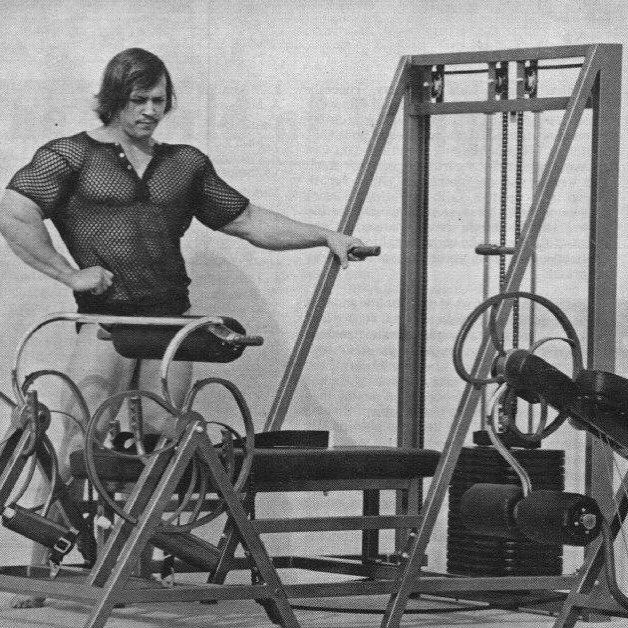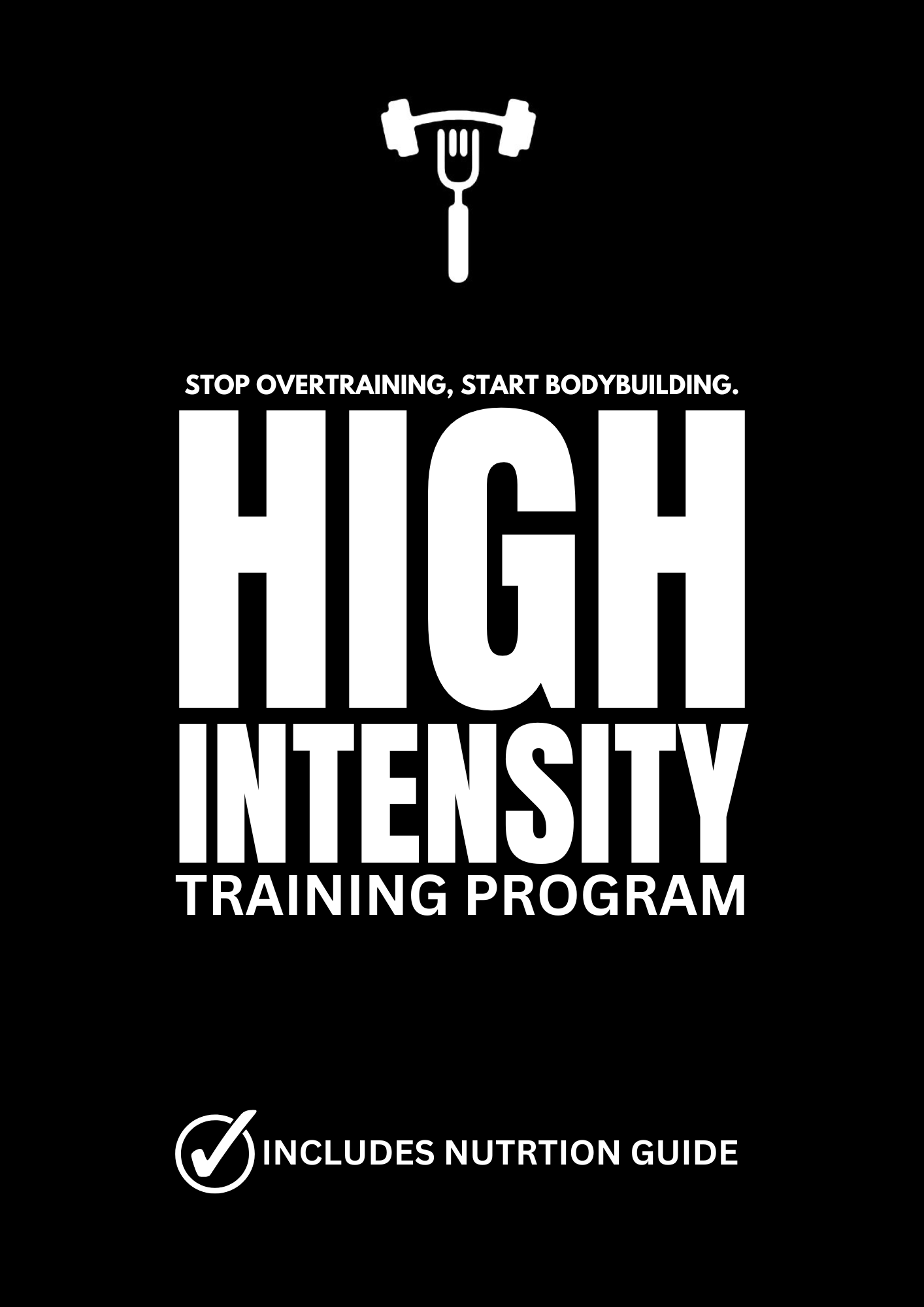The Myth and Reality of Rapid Muscle Gain

In the annals of bodybuilding lore, few tales are as tantalizing and contentious as the "Colorado Experiment" featuring Casey Viator. Conducted in 1973 by Arthur Jones, the eccentric inventor behind Nautilus exercise equipment, the experiment purportedly showcased Viator's astonishing ability to pack on 63 pounds of muscle in a mere month. Yet, behind the sensational claims lies a web of speculation, controversy, and unanswered questions. Delving into the diet and workout routines purportedly followed by Viator sheds light on both the myth and reality of this enigmatic chapter in bodybuilding history.
The Colorado Experiment: Myth or Reality?
At the heart of the Colorado Experiment lies the seemingly unfathomable notion of gaining 63 pounds of muscle in just 30 days. Such a feat defies conventional wisdom and stretches the limits of human physiology. Yet, proponents of the experiment point to Viator's purported transformation as evidence of its efficacy, while skeptics raise legitimate doubts about its veracity.
Dietary Details: Fueling the Alleged Transformation
Central to any muscle-building endeavor is nutrition, and the purported diet followed by Casey Viator during the Colorado Experiment is of particular interest. While precise details are elusive, accounts suggest a regimen high in protein, essential for muscle repair and growth. Viator likely consumed copious amounts of lean meats such as chicken, turkey, and fish, alongside eggs, dairy products, and possibly protein supplements. Carbohydrates would have provided the necessary energy for intense workouts, with healthy fats playing a supporting role in overall nutrition.
Food Preparation: Crafting the Perfect Muscle-Building Meals
To maximize muscle gain, meticulous attention to food preparation is essential. Viator's diet likely involved careful meal planning and portion control to ensure adequate protein intake throughout the day. Grilled chicken breast, steamed vegetables, and brown rice may have been staples, while snacks could have included Greek yogurt with fruit or nuts. Preparing meals in advance and focusing on whole, nutrient-dense foods would have been paramount to support Viator's rigorous training regimen.
Workout Regimen: Unveiling the Training Intensity
While diet lays the foundation for muscle growth, the true crux of the Colorado Experiment lies in Viator's alleged workout routine. Reports suggest that he followed an abbreviated, high-intensity training program, performing just one set of each exercise to muscular failure. This minimalist approach, championed by Arthur Jones, aimed to stimulate maximum muscle growth while minimizing the risk of overtraining. Compound exercises such as squats, deadlifts, and bench presses likely formed the core of Viator's workouts, supplemented by isolation movements to target specific muscle groups.


